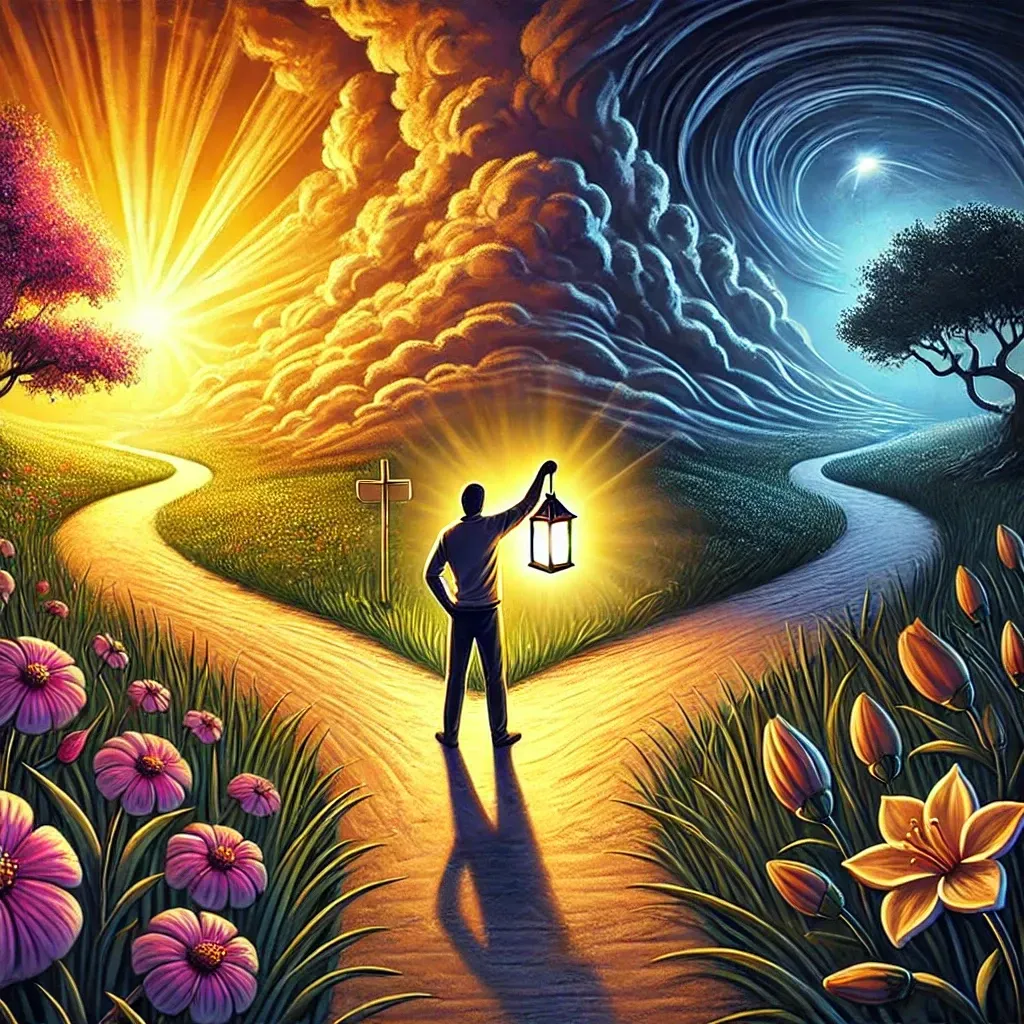Approaching Trust
Embracing Fear and Balancing Optimism

Trust is a fundamental aspect of our relationships, decisions, and overall well-being. Yet, in a world filled with uncertainties, building and maintaining trust can often feel challenging. This post explores two powerful approaches to trust: embracing fear through worst-case scenarios and balancing trust with optimism to navigate life’s uncertainties.
Embracing Fear: Building Trust Through Worst-Case Scenarios
Understanding the Role of Fear
- Fear is a natural human emotion that can protect us from potential harm. However, it can also become a barrier to trust if we allow it to dominate our thinking. Embracing fear involves acknowledging its presence and using it as a tool for growth rather than a source of paralysis.
Worst-Case Scenarios: A Trust-Building Exercise
- One effective way to approach fear is by considering worst-case scenarios. This practice allows you to confront your anxieties head-on and assess their impact. For example, ask yourself:
- What is the worst that could happen if I trust someone or a situation?
- How likely is this scenario to occur?
- If it does happen, how would I cope with it?
- By contemplating these questions, you can often realize that the worst-case scenario is not as catastrophic as it seems, and you may discover your capacity to handle challenges more effectively than you thought.
Transforming Fear into Action
- Once you’ve embraced your fears and assessed the worst-case scenarios, take actionable steps to build trust. This might involve:
- Open Communication: Share your fears with trusted individuals. Expressing your concerns can foster deeper connections and help you feel supported.
- Setting Boundaries: Establish clear boundaries that protect your emotional well-being while allowing for trust to develop.
- Gradual Exposure: Start small by trusting others with minor tasks or responsibilities. As trust builds, gradually extend it to more significant areas.
Balancing Trust and Optimism: A Dual Approach to Life's Uncertainties
The Power of Optimism
- Optimism is a mindset that can enhance our ability to trust others and ourselves. When we approach life with a hopeful outlook, we become more open to possibilities and opportunities. This perspective helps cultivate resilience, even in the face of uncertainty.
Finding Balance
- While optimism is beneficial, it’s essential to balance it with realism. Acknowledging potential risks and uncertainties allows you to maintain a grounded perspective while still fostering hope.
- Consider the following strategies for balancing trust and optimism:
- Practice Gratitude: Regularly reflect on the positive aspects of your life and the trust you’ve built in relationships. Gratitude can reinforce a sense of abundance and encourage a positive mindset.
- Stay Present: Focus on the current moment rather than worrying about future uncertainties. Mindfulness practices can help you cultivate a sense of peace and clarity.
- Seek Support: Surround yourself with individuals who embody a balance of optimism and realism. Their perspectives can inspire and guide you as you navigate your own journey.
Trusting Yourself
- Ultimately, trust begins with yourself. Recognize your strengths, resilience, and capacity to handle challenges. When you cultivate self-trust, you empower yourself to face uncertainties with confidence and optimism.
Conclusion
Approaching trust involves embracing fear and balancing it with optimism. By acknowledging and confronting your fears through worst-case scenarios, you can build deeper connections and foster a sense of security in your relationships. Simultaneously, cultivating an optimistic mindset allows you to navigate life’s uncertainties with hope and resilience.
As you embark on this journey, remember that trust is not merely a destination; it’s a continuous process that requires patience, reflection, and growth. Embrace the complexities of trust, and allow them to guide you toward a more fulfilling and connected life.
Share









